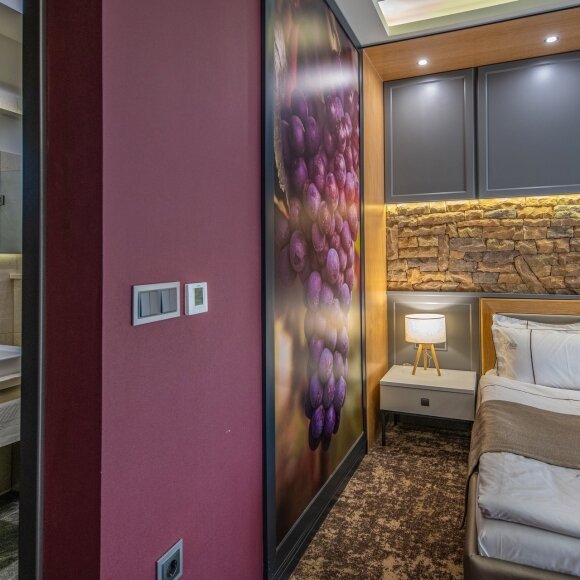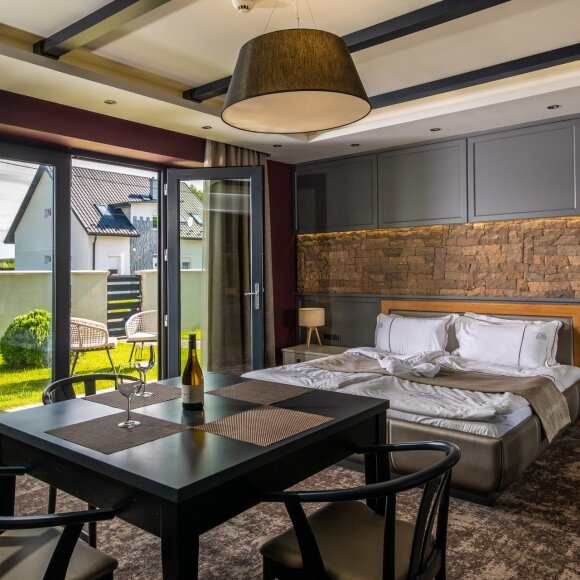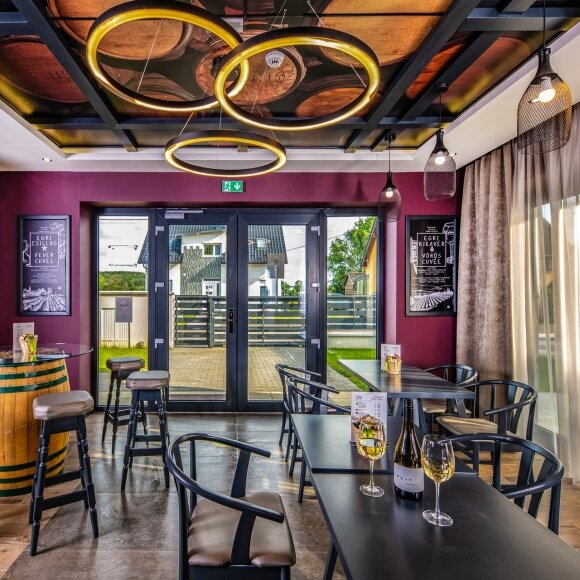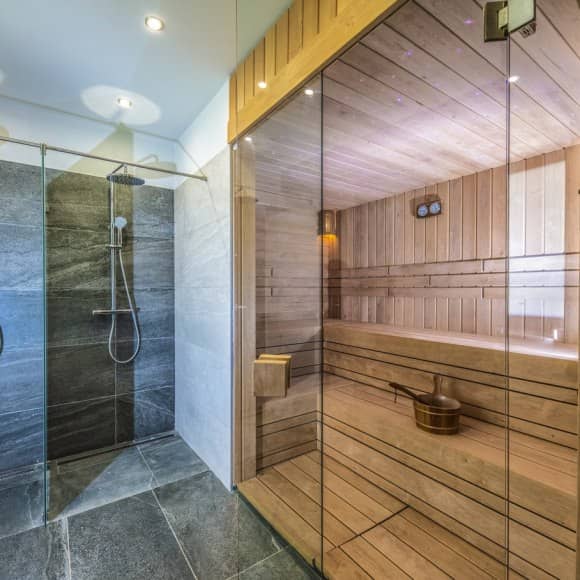Sights All Sight

Graveyard
- 3395 Demjén, Temető u. - 5 km
- Free
The local cemetery has several richly carved stone tombstones from the end of 19th, beginning of 20th century representing the great past of local stone carving.
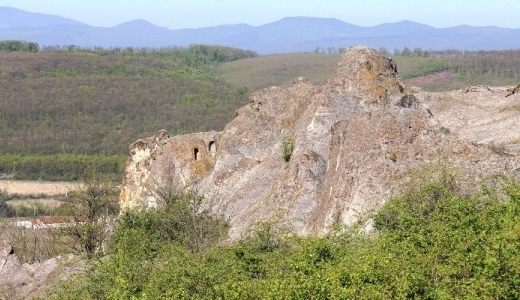
Hegyeskő-top
- 3395 Demjén - 5,0 km
- Free
Mysterious „beehive- stones” are on the top of the hill above the hotel and bath complex in Demjén Thermal Valley, the can be approached on a path
Thanks to its close location it is ideal for shorter walks, the view from the top of the hill is breath-taking.
There are 8 rocks with nitches on Hegyeskő with 36 nitches.
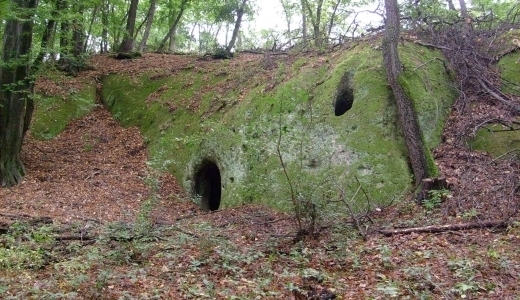
Hermit-home
- 3395 Demjén - 5 km
- Free
According to the tradition the room was inhabited by hermits. When entering the cellar even nowadays can be seen traces of the former fireplace and bed and the store recess carved into the rock functioning as a shelf. Traces of 6 nitches can be seen on the rock wall. The rock room is a good example that those having lived here carved not only their side buildings, but their dwellings, too, and even the furniture of the rooms (beds, tables, fireplace) into the rhyolite tuff.
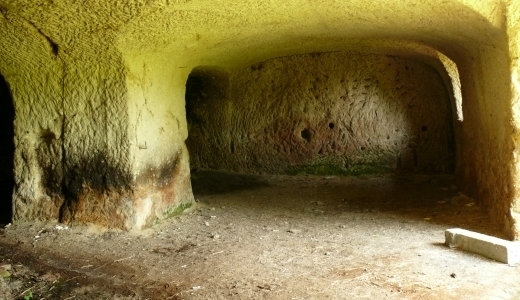
Stone shed
- 3395 Demjén - 5 km
- Free
In the north-eastern edge of the village there is a monumental-size stone shed carved in the southern side of Hegyeskő, now covered with shrubs.
In this region people often used to carve their dwellings and side building into rhiolite tuff lime stone. Besides smaller farm buildings (stores, barns) and wine cellars of bigger size often huge stone sheds big enough to give shelter to whole sheep flocks or cattle herds were carved into the hill. This shed supported by several pillars carved from the rock is of 200 m2 size.
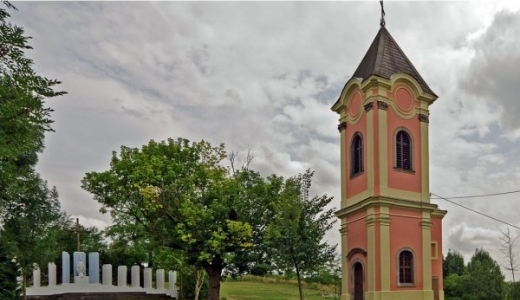
Roman Catholic Church
- 3394 Egerszalók, Kossuth street 63. - 1,7 km
- Open: half an hour before the Mass or 3 pm – 5 pm on Tuesdays and Thursdays.
- +36 36 474 033
- www.egerszaloktemplom.hu
- Free
Egerszalók has been the place of healing since the 18th century. The pilgrimages started because of the story of a blind girl’s miraculous healing. There was a church in the village in the Middle Ages already. The baroque church built in 1738 based on the plans of an Italian architect, Giovanni Battista Carlone is still visible.
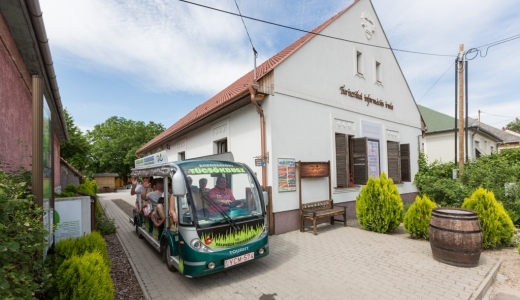
Vernacular Room and Exhibition of Dolls
- 3394 Egerszalók, Széchenyi István str. 9. - 1,0 km
- Monday-Friday: 9:00-16:00, Saturday: 9:00-13:00
- +36 36 200 029
- www.gyogyvizekvolgye.hu
- Adult: 800Ft, child: 450Ft
Besides tourist information, visitors can have a pleasant time travel when visiting the Vernacular Room and Exhibition of Dolls in the building. Tourists can pick and choose from local and handmade products. If someone would like to discover the region on two wheels, the opportunity is provided. Adult bicycles are rentable for a day at an affordable price at the office.
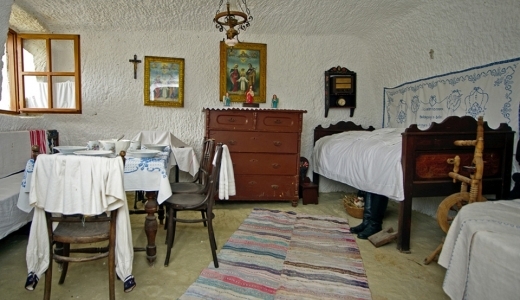
Cave Dwellings and Saffron Garden
- 3394 Egerszalók, end of the Sáfrány street - 1,4 km
- 9:00 - 16:00
- +36 30 753-3543
- www.barlanghazak.hu
- Adult: 600 Ft, Child/Pensioner: 400 Ft, Family ticket: 1600 Ft, Supplementary ticket to enter 3D cinema: 400 Ft, Family supplementary ticket: 1200 Ft
The connected cave dwellings of Sáfrány street preserve the local history, architecture, the peasant culture’s vanished traditions and its remaining pieces of Egerszalók and its surroundings. Rhyolit tuff stone of the upper layer of the rocks at the foot of Bükk mountains from the valley of Tarna river to Miskolc is easy to cut and carve, it is watertight and operates as insulation in its natural state and is suitable for habitation. There are 18 settlements with cave dwellings remaining at the foot of the Bükk mountains. 33 cave-dwellings existed in Egerszalók in the middle of the 19th century. Some of them were still inhabited in the 1960’s, others are still used as summer kitchens.

Village Tour on the Cricket Bus
- 3394 Egerszalók, Széchenyi István str. 9. - 1,0 km
- The bus leaves on Saturdays from May 1st, 2018 till June 16th, 2018 at the following times: 10 am, 11 am, noon, 2 pm, 3 pm, 4 pm. The following timetable is valid from June 18th, 2018. The travel time is ca. 45 minutes, the final station is at the cave dwellings (end of Sáfrány street), but upon request, you can return to the departure point as well.
- +36 36 200 029
- www.barlanghazak.hu
- Adult: 800Ft, child: 450Ft
The village tour on the Cricket bus provides a great opportunity to see and get to know the sights of the village while receiving musical guide service on the bus.
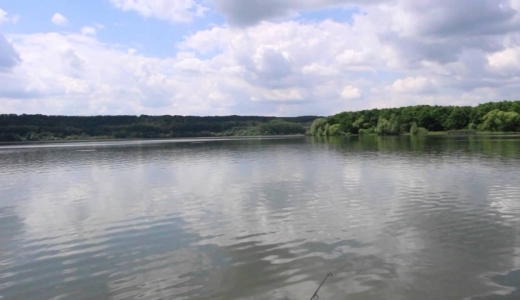
The lake of Egerszalók
- 3394 Egerszalók, Laskó - 17 km
- According to the Fishing Policy
- www.egerszalokihorgaszto.hu
- According to the Fishing Policy
The lake was created in 1982 by swelling the Laskó stream. Its function is to control the streamflow of the Laskó stream and provide flood rescue. There used to be an agricultural, cultivation area where now the lake is located, so there are bushes and trees underwater. They provide excellent habitat for fish, especially for predators. There is a former course of a stream in the middle of the lake, the water can be 7 meters deep there. The average water depth of the lake is 3 meters. The lake’s avifauna is remarkable. There are 217 bird species living in the area, of which 171 is protected and 28 is specially protected.
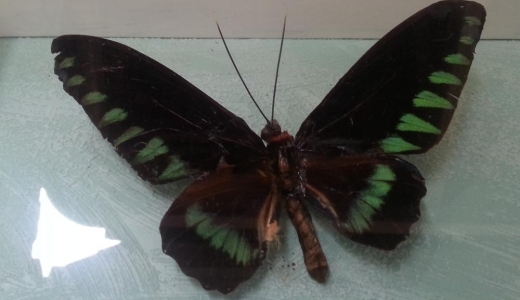
Butterfly Museum
- 3394 Egerszalók, Sáfrány str 59.
- Every day 9 am- 7 pm
- +36 36 789 050
- No
- 450 Ft
Several tropical butterflies can be admired besides the – normal and bigger seized – European butterfly species, like one of the biggest ones of the world: the big Atlas Butterfly (Attacus Atlas). There is only one Open-air Butterfly Museum in Eastern Europe: it is in Egerszalók, Hungary.

The Minaret of Eger
- 3300 Eger, Knézich Károly street 4.
- Opening hours
- + 36 70 202 4353
- The Minaret of Eger
- Entrance fee: 400 HUF/person
The Minaret of Eger is the northernmost historical building of the Turkish era in Europe. It was built shortly after the Turks victory in 1596 and it used to belong to the Djami of Kethuda. The 40-metre-high minaret was made of red sandstone, and it has a fourteen-sided ground plan.

Cathedral Basilica of Eger
- 3300 Eger, Pyrker János sqr 1.
- Monday - Saturday: 8.30 a.m. - 6 p.m.
Sunday: 1.00 p.m. - 6 p.m. - + 36 36 515 725
The cathedral was built between 1831 and 1837 by József Hilda commissioned by Archbishop János László Pyrker.
The cathedral is a basilica with three naves. In the middle between the nave and chancel to the east is the transept. The dome of the cathedral is lavishly decorated and a height of 40 meters. In chorus are the two bell towers. The portal on the eastern porch is designed like a Greek temple. The monumental entrance is decorated with statues of saints: St. Stephen, St. Ladislaus, and Saints Peter and Paul. The facade is supported by Corinthian columns that reaches a height of 17 meters.



